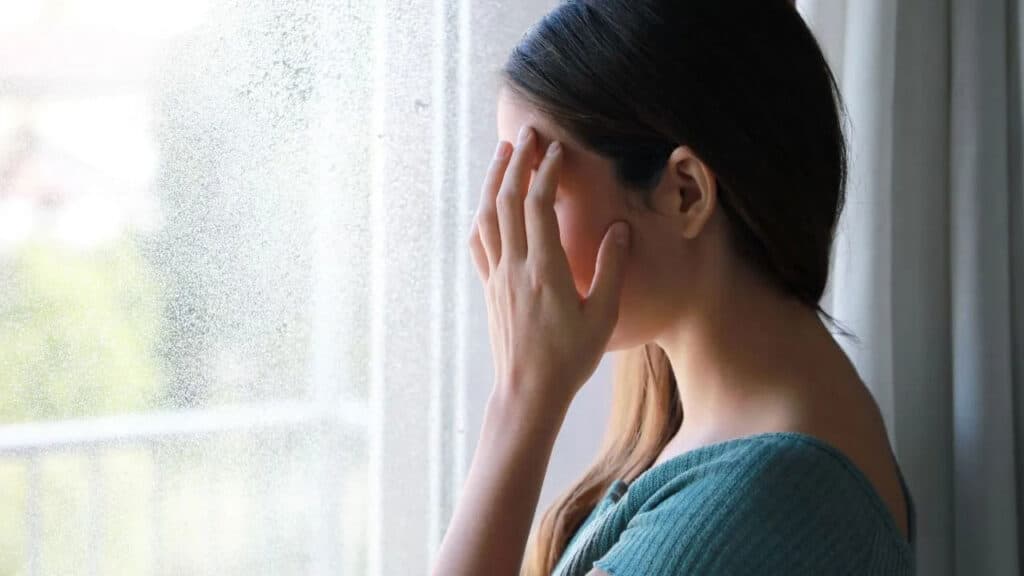It’s that time of the year when everything’s damp, cold and generally gloomy, and it makes sense that you might be gloomy, too. However, if you start experiencing the symptoms of depression at the same time every year, it may be more than a natural response; it could be a medical condition known as seasonal affective disorder (SAD).
Seasonal affective disorder is most often associated with a period of low mood during the winter months, but it can happen in summer as well. There are some people who can’t stand the unrelenting glare and heat and just want to crawl into a dark cave until it’s over. Whichever season it is that gets you down, it can have a pretty profound impact on trying to live your life.
Symptoms of SAD are pretty similar to other forms of depression. You may feel hopeless or frustrated. You could have problems eating or sleeping. You might lack energy or lose interest in the things you normally enjoy. Concentration and decision-making may be impaired. Everyone will show their symptoms a little differently, but it generally adds up to difficulty engaging with the world.
Similarly, many of the recommended treatments for other forms of depression can be used with SAD. That includes anti-depressant medication, therapy (particularly cognitive behavioral therapy) and physical exercise. Another, more controversial form of treatment for which scientific evidence is mixed is negative air ionization therapy, during which charged particles are released from air ionizers while you sleep. As SAD also appears to be connected to changing exposure to light throughout the year, light therapy has also been used with some success.
Light therapy (also called phototherapy or heliotherapy) involves a “lightbox”, which can release far brighter light than your average lamp. There’s evidence that melatonin, a hormone that can affect sleep, and serotonin, one of the hormones most closely linked to mood, may increase or decrease depending on whether the photosensitive cells in your eyes detect light or darkness. Light exposure may replenish lost light during winter months and influence the body’s circadian rhythms.
If you find your mood changing when the weather changes, it might not be a coincidence. If you do have SAD, there are steps you can take that may mitigate the effects, if not outright cure it – and when the season passes again, you should return to normal.




